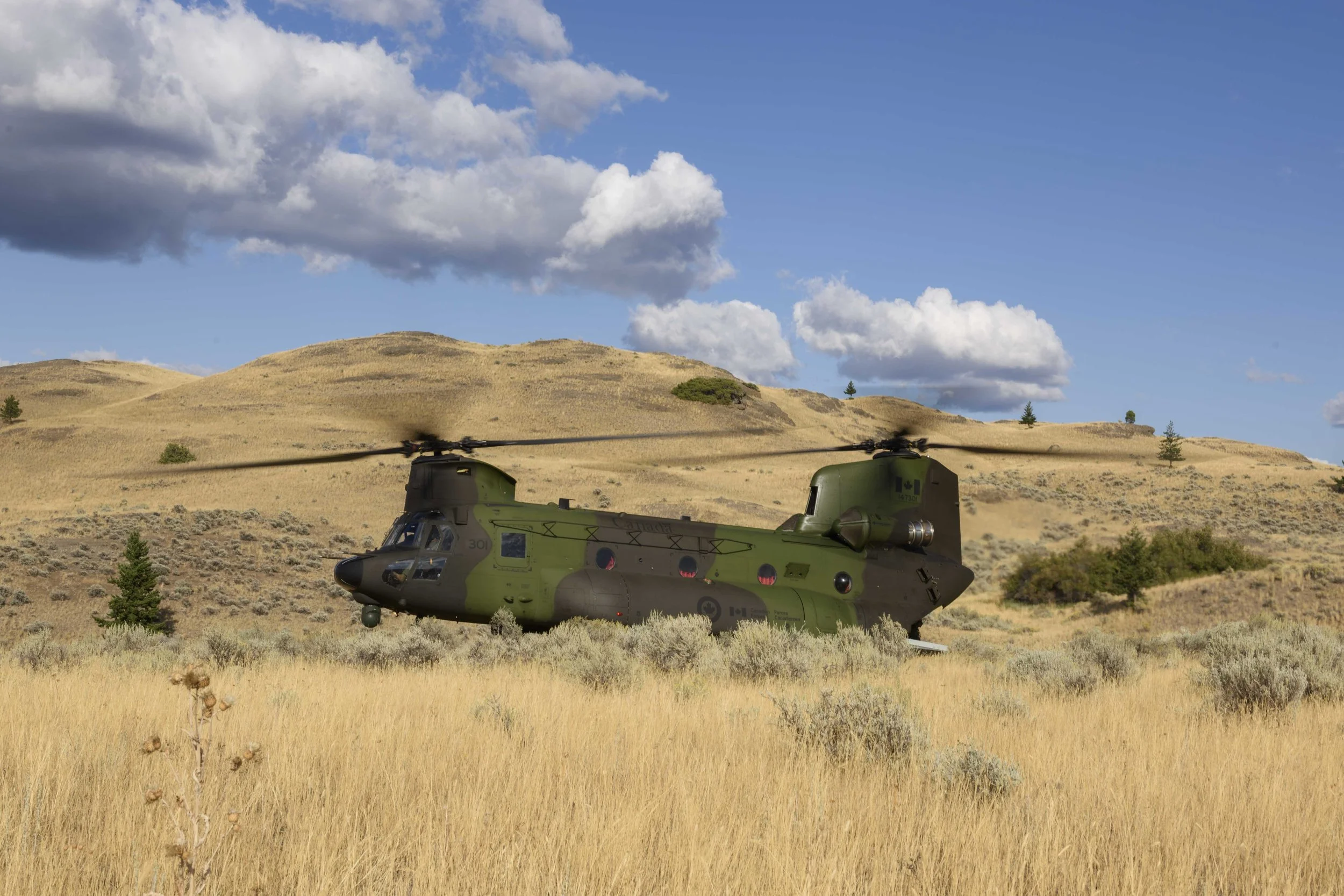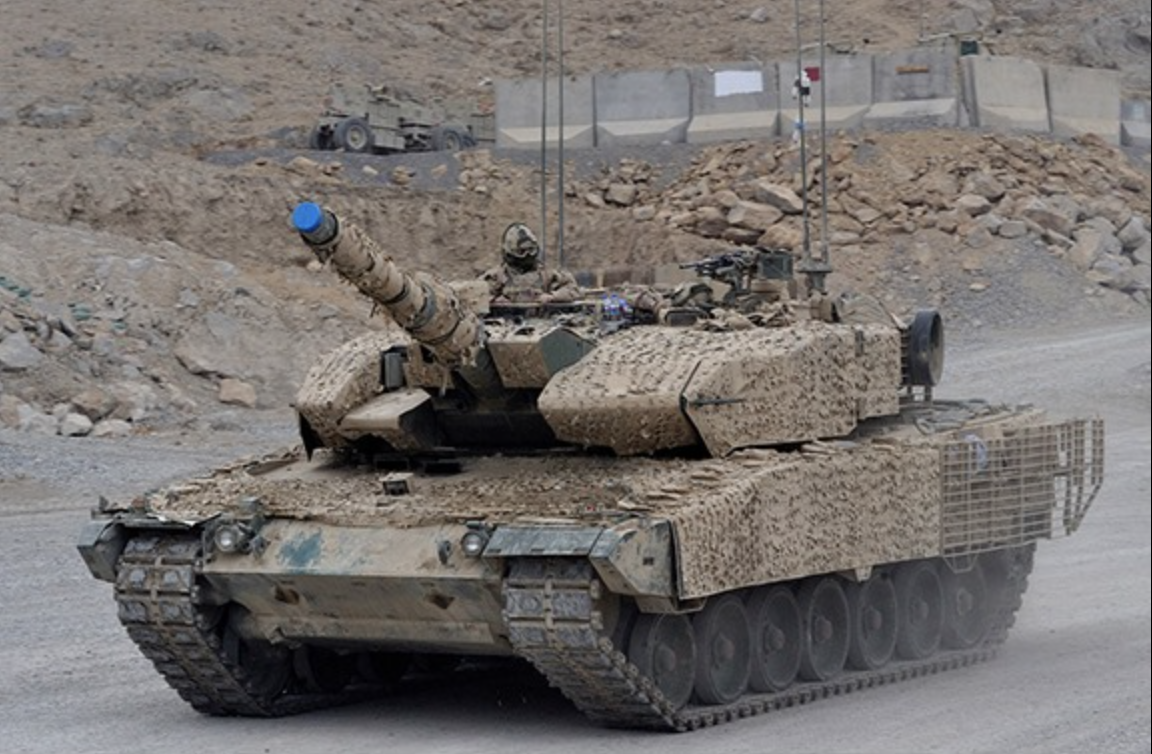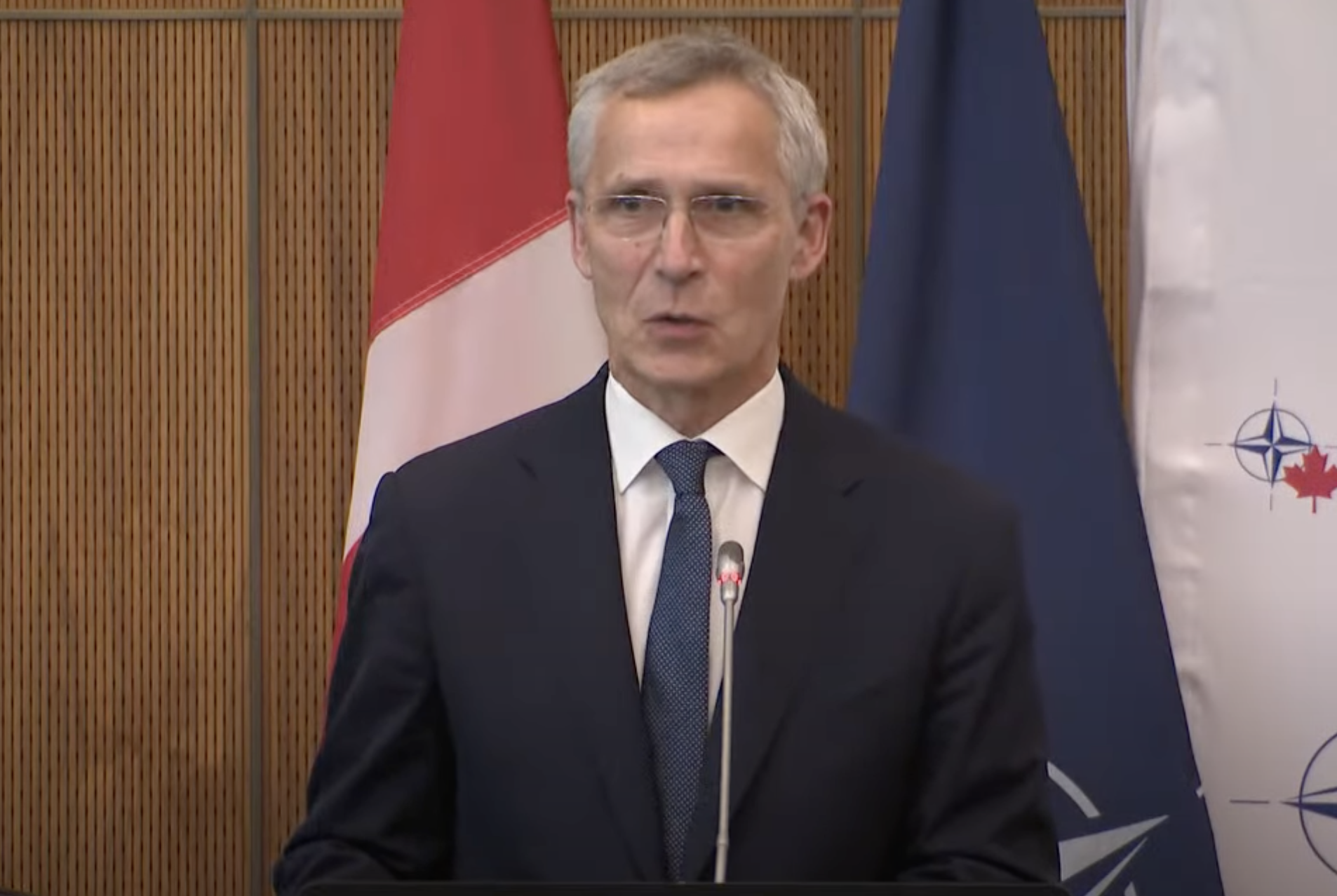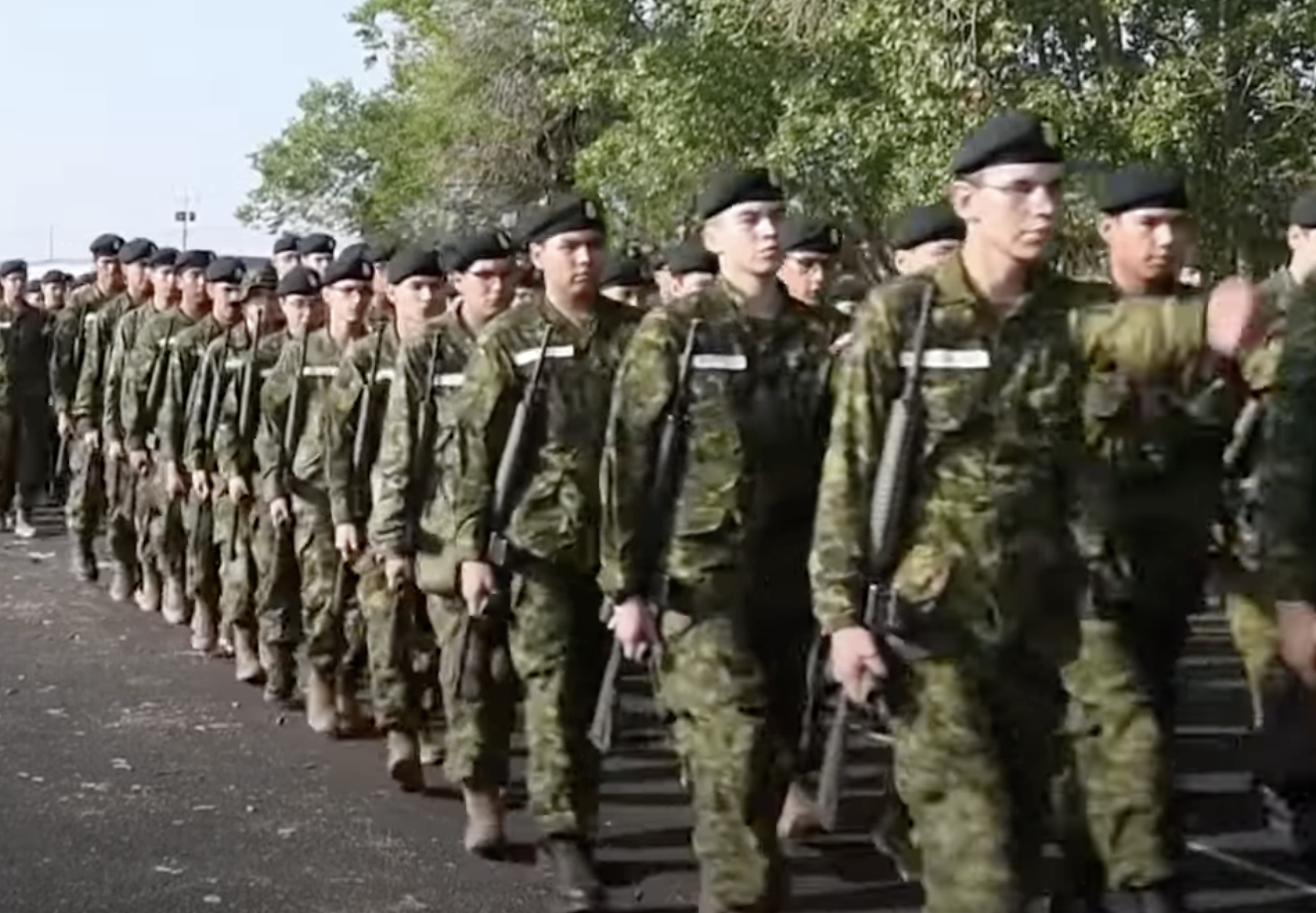By Scott Taylor
During Remembrance Week, the majority of Canadians wear their poppies and with any luck they will give momentary pause at cenotaphs to reflect upon the meaning of this special time. It is a period for Canadians to pay their respects to those fellow citizens who served our nation and paid the ultimate price on the battlefield. It is a time for sombre mourning, not for the glorification of war.
For my generation -the Baby Boomers - Remembrance Day ceremonies were deeply moving for the simple reason that they were attended by literally hundreds of thousands of veterans.
Those who had fought in the Great War were still in their 60's and 70's, while the World War 2 and Korea veterans carried their war-time memories fresh in their minds. As such, the horrors and sorrow of war dominated the sentiment of the ceremonies. The Great War vets returned to Canada believing they had fought 'The war to end all wars', while the motto of our WW2 veterans was that of simply "Never Again!".
Between 1914 - 1918 Canada enlisted over 700,000 personnel into the ranks of the Expeditionary force to fight in Flanders. This was drawn from a population of just over seven million. In addition to manpower, Canadian factories and farms helped to fuel the war effort of the British Empire. During WW2 the three branches of the Canadian military grew to over 1 million, which again constituted nearly 10% of Canada's entire population. Again Canadian industry and farmers rose to the occasion to ensure victory over the Axis forces. Between 1950 and 1953, close to 40,000 Canadians served as part of the United Nations intervention in Korea.
When these veterans returned home and demobilized, they were changed individuals. Changed by the horrors of war. However, society had also gone through a total transformation. For instance, women had entered the workforce. In addition, the sheer numbers of Canadians who had served meant that they were surrounded by hundreds of thousands of fellow veterans who fully understood the horrors of war. They could frequent the local Royal Canadian Legion and not have to explain or reminisce with a fellow veteran. They simply understood and empathized.
Fast forward to the present and there is literally a dwindling handful of living veterans from WW2 and Korea. All of them are around 100 years of age or more. The modern veterans are those who served on UN Peacekeeping operations, the first Gulf War, Afghanistan, Libya and Iraq. Unlike the previous generation of veterans, these soldiers were all regular force or reservists who volunteered to serve in a conflict zone. They were not temporary 'Citizen soldiers' as before. They were career warriors who volunteered. Due to the comparatively small numbers involved in these modern conflicts, the modern veteran has very few fellow Canadians who fully understand the horrors they have seen.
There is no where near the same level of peer support available to these modern veterans. It is also true that Canada's involvement in the more recent conflicts is not as clear cut as our participation in those previous wars.
In both World Wars Canada was on the winning side and in Korea our soldiers successfully held back the communist forces of North Korea. The sacrifice made by our soldiers could be justified by ultimate success.
However in more recent deployments that clarity is far more elusive. Our peacekeepers in the former Yugoslavia failed to prevent the bloody dissolution of that nation, and in some cases, like the 1993 battle of the Medak Pocket, failed to protect Serbian civilians from ethnic cleansing at the hands of Croatian militiamen.
Those who served in Afghanistan now realize that they fought and died in a war in which the Americans knew from the outset was unwinnable..
What this means is that during this Remembrance Week Canadians need to do more than simply wear a poppy and take a minute of silence.
I urge people to use this time to truly reflect on the sacrifice of all our veterans. They fought for Canada regardless of the outcome and it needs to be remembered that not all sacrificed the ultimate, but ultimately they have all sacrificed if they have served in uniform. We shall remember them.






















